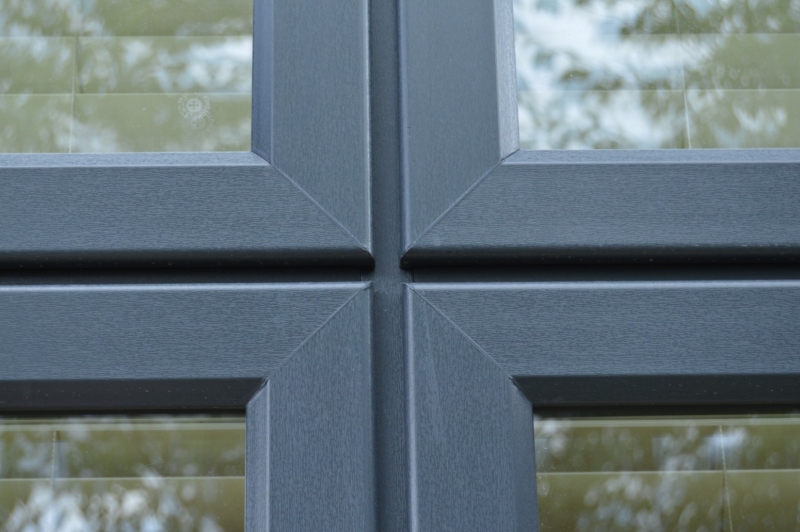The latest Palmer Market Research report was surprisingly negative. Last year’s was full of hope and growth. The latest one was full of pessimism and talk about slowing growth right up until 2019. If this report is to be believed, the news for the PVCu area of the industry isn’t great.
62% to 58%
We all know the industry has evolved in the last few years. Aluminium and timber products are working their way back into the portfolios of fabricators and installers, with demand being driven by consumers looking for something distinctly not shiny white and plastic. So it was inevitable that the massive market share PVCu has enjoyed for so long has started to diminish.
The latest PMR report had this to say:
PVCU’s overall market share continues to decrease, and is expected to reduce further, from 62% (by installed value) in 2014 to 58% in 2019, as composites, wood and aluminium, which is particularly suitable for bifold doors, products grow their share.
So the rate of decline is around the 1% per year mark. I personally believe that this is a conservative amount. There are a lot of new aluminium and timber products coming to market right now which are gaining popularity very quickly. I’m thinking about products like Warmcore, Raum and other similar products which are taking away attention from the PVCu market. Although only less than a year old, Warmcore has become a very popular bi-fold hybrid product in a short space of time. If and when the window comes out to compliment it, I can assure all readers that these products are going to sell many, many units.
Reduction of shiny white
When PMR report a shrinking PVCu market share, I suspect that the product in particular would be the shiny white portion of the PVCu market.
The nature of PVCu in the window and door market has evolved over the last few years. I know at our place we are selling less and less shiny white windows and doors, with customers opting for sprayed frames, foiled wood grains and the higher end timber alternative products.
Shiny white PVCu isn’t going to go away. Although we all like to sell the funky colours and the classy wood grains, there will always remain a market for that type of product. However, over time I see the shiny white market being consigned to the “value” end of the market, and the reserve of companies with big council contracts. In the future, a better informed home owner will be understanding of the options available, and even if they don’t choose timber or aluminium, they will pick a coloured or grained PVCu product.
Who should be worried?
For installers the news about the retracting PVCu market shouldn’t be that much of a worry. Providing they are responsive to change and look at emerging aluminium and timber avenues, adapting should be fairly painless.
It might be different for fabricators, specifically the PVCu ones. For decades PVCu has enjoyed a relatively unchallenged domination of the residential market. However the landscape has changed, and is continuing to change. So those purely PVCu fabricators need to start thinking about diversification right now. They need to figure out if their business can take on a material that many may never have dealt with before.
The question for fabricators over the coming years will be whether to diversify to make the most of the new aluminium and timber business, or modify their PVCu to cater for evolving tastes from home owners. Or do both.
Where there is difficulty lies opportunity. There are chances right now to change course and make the most of the evolution of PVCu in the industry. Stay still however, and you could find those doors you walk through every day closed.






